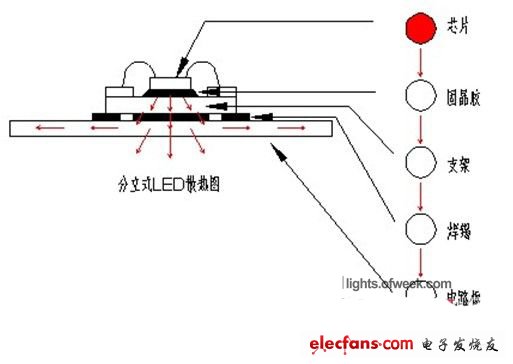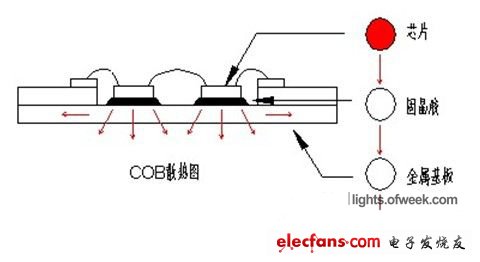With the continuous innovation of LED packaging technology and the implementation of energy saving and emission reduction policies at home and abroad, the proportion of LED light source applications in the field of lighting is increasing, and new packaging forms are constantly being introduced. Yuan Lei senior engineer Ouyang Minghua said: "LED performance in heat dissipation, light efficiency, reliability, cost performance is still a concern, if these are not broken, or new products in the future can achieve breakthroughs, then lighting The field selection may not be LED.†COB (Chip on Board) is the LED packaging product introduced by the industry in this context. Compared with traditional discrete LED packaging products, it has better heat dissipation capability and high density. Luminous flux output. In addition to explaining some of the characteristics of COB, this paper focuses on how to improve the light efficiency of COB from the basic principles and seek ways to meet the core value points of lighting. COB has good heat dissipation capacity When designing the LED package structure, the junction temperature of the chip should be reduced as much as possible. The COB packaged chip has the shortest heat dissipation path, and can directly transfer the heat of the working chip to the metal substrate and then to the heat sink. Therefore, the COB has better heat dissipation capability than the conventional discrete component assembly. The material of the current COB metal substrate is copper, aluminum, aluminum oxide, aluminum nitride, etc. In terms of overall cost, heat dissipation capability, corrosion resistance, etc., aluminum is mainly used as a metal substrate to produce COB. The following figure shows Yuanlei COB products. Structure diagram. COB enables high-density luminous flux output When using LEDs in a modular design, we usually give a small amount of space to the light source. At the same time, we hope to have a high enough brightness output in a small size. However, this solution can hardly be found on discrete component LEDs. Of course, some possibilities are possible. 3535 ceramics or other products with relatively small light fluxes are selected, but they are not comparable to the high-density luminous flux output of COB or MCOB. So the advantages of COB in product modularization are reflected: it helps the modular design and maintains a high luminous flux. The drive design of the COB is very flexible, and the application side can select COB in combination with existing driving conditions to meet various solutions from low pressure to high pressure. COB three modular design drawings Miniature Compression Force Sensor Miniature Button Load Cells is a device that converts the magnitude of a force into an associated electrical signal. It also called Force Sensor,force transducer, small load cells are designed for compression and known for their small package size. They are used in tight and limited spaces. General purpose ones are normally designed with diaphragm construction but some higher precision ones are designed with bending beams for low capacity and shear or column design for higher capacity.
Miniature button load cells are available in various capacities ranging from 5N to 200KN and in packages ranging from 8mm to 51mm OD. (can customized the Load Cell size) , the force sensors are widely used in Medical applications as well as automation where small size is a must and space is limited. For detecting mechanical forces such as tension, tension, pressure, weight, torque, internal stress and strain. As industrial automation continues to increase, load cells will play an increasing role.
Force Sensor,force transducer,button load cell,Force washers sensor,miniature load cell GALOCE (XI'AN) M&C TECHNOLOGY CO., LTD. , https://www.galoce-meas.com
